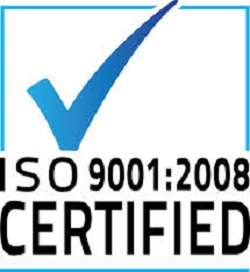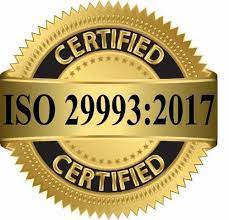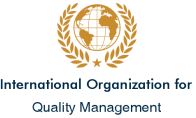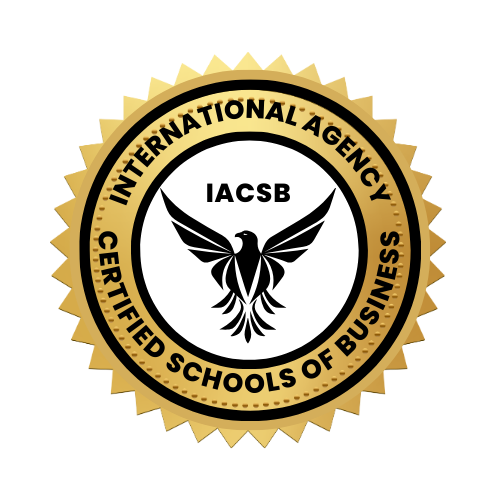


But mutual funds also have features that some investors might view as disadvantages, such as:
Different Types of FundsWhen it comes to investing in mutual funds, investors have literally thousands of choices. Before you invest in any given fund, decide whether the investment strategy and risks of the fund are a good fit for you. The first step to successful investing is figuring out your financial goals and risk tolerance — either on your own or with the help of a financial professional. Once you know what you're saving for, when you'll need the money, and how much risk you can tolerate, you can more easily narrow your choices. Most mutual funds fall into one of three main categories — money market funds, bond funds (also called "fixed income" funds), and stock funds (also called "equity" funds). Each type has different features and different risks and rewards. Generally, the higher the potential return, the higher the risk of loss. Money Market FundsMoney market funds have relatively low risks, compared to other mutual funds (and most other investments). By law, they can invest in only certain high-quality, short-term investments issued by the U.S. government, U.S. corporations, and state and local governments. Money market funds try to keep their net asset value (NAV) — which represents the value of one share in a fund — at a stable $1.00 per share. But the NAV may fall below $1.00 if the fund's investments perform poorly. Investor losses have been rare, but they are possible. Money market funds pay dividends that generally reflect short-term interest rates, and historically the returns for money market funds have been lower than for either bond or stock funds. That's why "inflation risk" — the risk that inflation will outpace and erode investment returns over time — can be a potential concern for investors in money market funds. Bond FundsBond funds generally have higher risks than money market funds, largely because they typically pursue strategies aimed at producing higher yields. Unlike money market funds, the SEC's rules do not restrict bond funds to high-quality or short-term investments. Because there are many different types of bonds, bond funds can vary dramatically in their risks and rewards. Some of the risks associated with bond funds include: Credit Risk — the possibility that companies or other issuers whose bonds are owned by the fund may fail to pay their debts (including the debt owed to holders of their bonds). Credit risk is less of a factor for bond funds that invest in insured bonds or U.S. Treasury bonds. By contrast, those that invest in the bonds of companies with poor credit ratings generally will be subject to higher risk. Interest Rate Risk — the risk that the market value of the bonds will go down when interest rates go up. Because of this, you can lose money in any bond fund, including those that invest only in insured bonds or Treasury bonds. Funds that invest in longer-term bonds tend to have higher interest rate risk. Prepayment Risk — the chance that a bond will be paid off early. For example, if interest rates fall, a bond issuer may decide to pay off (or "retire") its debt and issue new bonds that pay a lower rate. When this happens, the fund may not be able to reinvest the proceeds in an investment with as high a return or yield. Stock FundsAlthough a stock fund's value can rise and fall quickly (and dramatically) over the short term, historically stocks have performed better over the long term than other types of investments — including corporate bonds, government bonds, and treasury securities.
|
|
USA - Asia - Russia - India - EU - West Indies - China - Indonesia - Latin America - Arabia - Africa

Best Online University - Online Nursing Degrees
Home Home ACBSP About AABFS CFM Chartered Financial Manager Requirements Certifications Board Course Certifications Benefits Online Certification Convert Courses To Certification Recognition Qualifying Degrees Training Providers How To Use CEO Message Register Accreditations IAF CERT EU Accreditation News Handbook Mission Contact Us Certified Data Analyst Wealth Management Sample Test Quiz PSA ERM Article Application Apply Global Advisors instructions AAMBFS Old Online Certification FINTECH CAIFP Certified Artificial Intelligence in Finance Professional ™ CHFM CHARTERED FINANCIAL MANAGER Dubai UAE INFORMA Training 2019 Events In House Training Speakers About Old Chartered Wealth Manager News Sri Lanka & The Maldives Ethics CWM Training Program Magazine of Wall Street CWM Chartered Wealth Manager Cert Brazil UBT AMA Reg. Payments Registration NewMembers IP payment Corporate Discount payments HomeCoPY Paper Award Home George Mentz Colorado Springs CEO GAFM - Global Academy of Finance & Management charteredwealthmanager Ghana AFAPayment AFAPPC GetCertifiedPPC GetCertifiedPPC2 Stock Markets Training Calendar FINRA MFP Financial Planner AFA Chartered Certified Economist Certified Financial Analyst FINRA SEC Chartered Wealth Manager Training Verify Member indonesia malaysia Guides Informa GAFM Guides Jamaica Membership Governmental Recognition Links Financial Planner Program Chartered Economist CCO Higher Institute IP List Be a Training Provider Management Consulting Jobs Project Management Certifications CWM Chartered Wealth Manager Terms Deans Letter AFA Approved Masters Degrees Economics Certification Economics Degrees Management Degrees Finance Degrees Accounting Degrees Exams Renew Certification Continuing Ed Awards Letter Renew 2014 Sample Honor Society Trademarks Careers Government Jobs Complaint pics Mentz George Mentz Lawyer Mentz George Colorado USA Speaker Consultant AFA ® Accredited Financial Analyst Certification ChFM Chartered Financial Manager ® Accredited CTEP ® Trust and Estate Certification CIPM ® Certified International Project Manager CWM ® Chartered Wealth Manager ® AMA ® Management Accountant Certification AMC ® Management Consulting Certification MMC ® Management Consulting Certification Book Chartered Fraud Investigator Journal
Reference to FINRA Certification Guide & Standards
FINRA EDUCATION CWM Chartered Wealth Manager ® Chartered Financial Manager ® AFA Accredited Certified Financial Analyst ® AMA Accredited Certified Management Accountant ® CAM Chartered Asset Manager CTEP Chartered Trust and Estate Planner ® RFS Registered Financial Specialist CMA Chartered Market Analyst FAD Financial Analyst Designate CPM Chartered Portfolio Manager - IACSB * Chartered Financial Manager FINRA * Certified Risk Analyst FINRA * MFP Master Financial Planner ® - Aspen Commission









